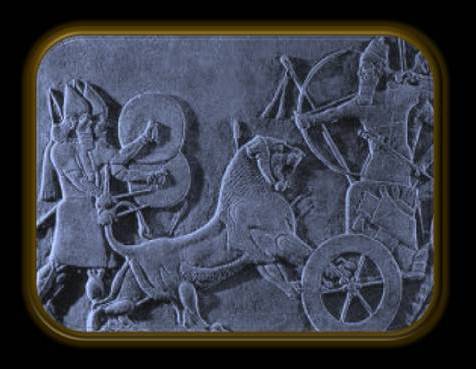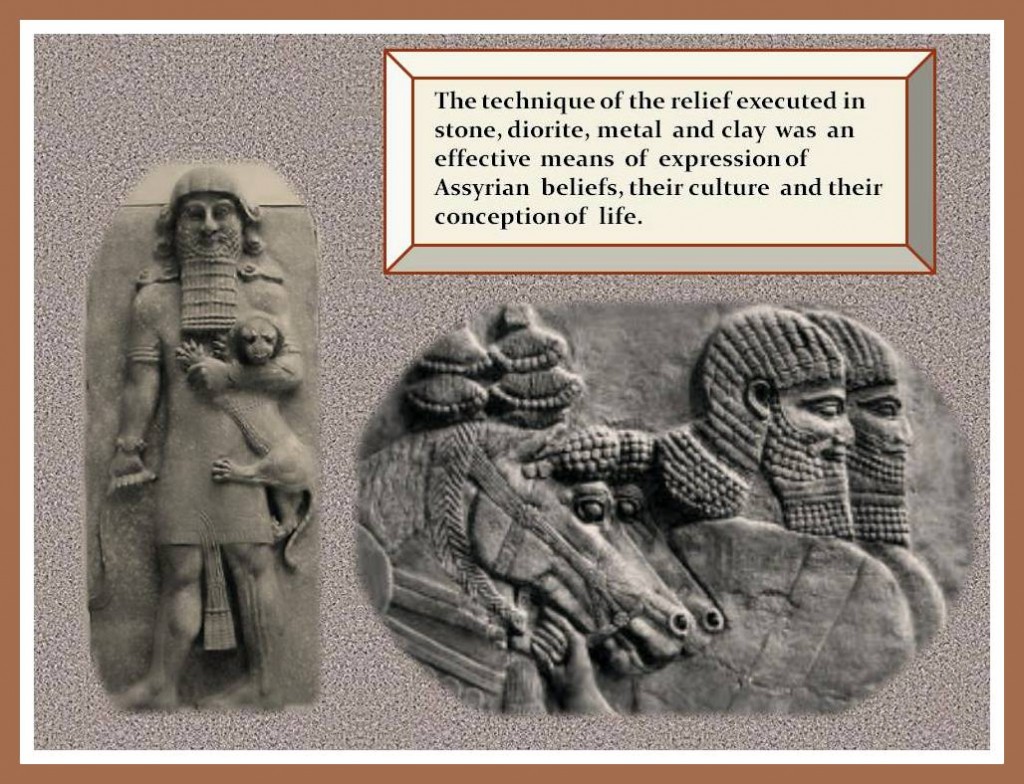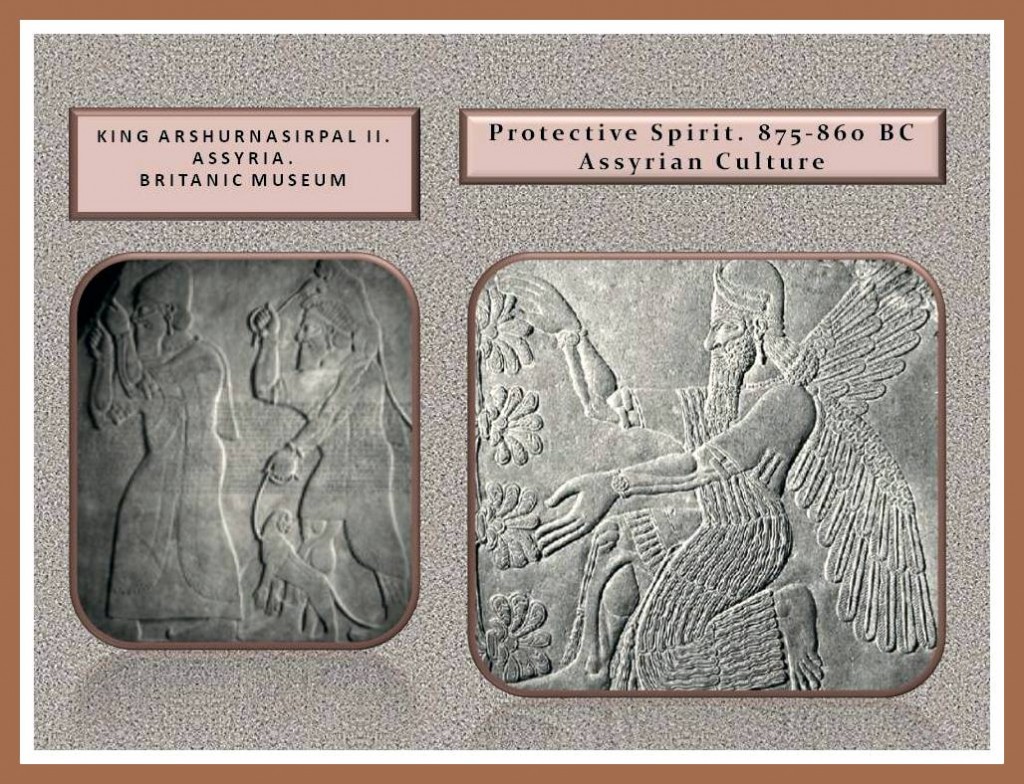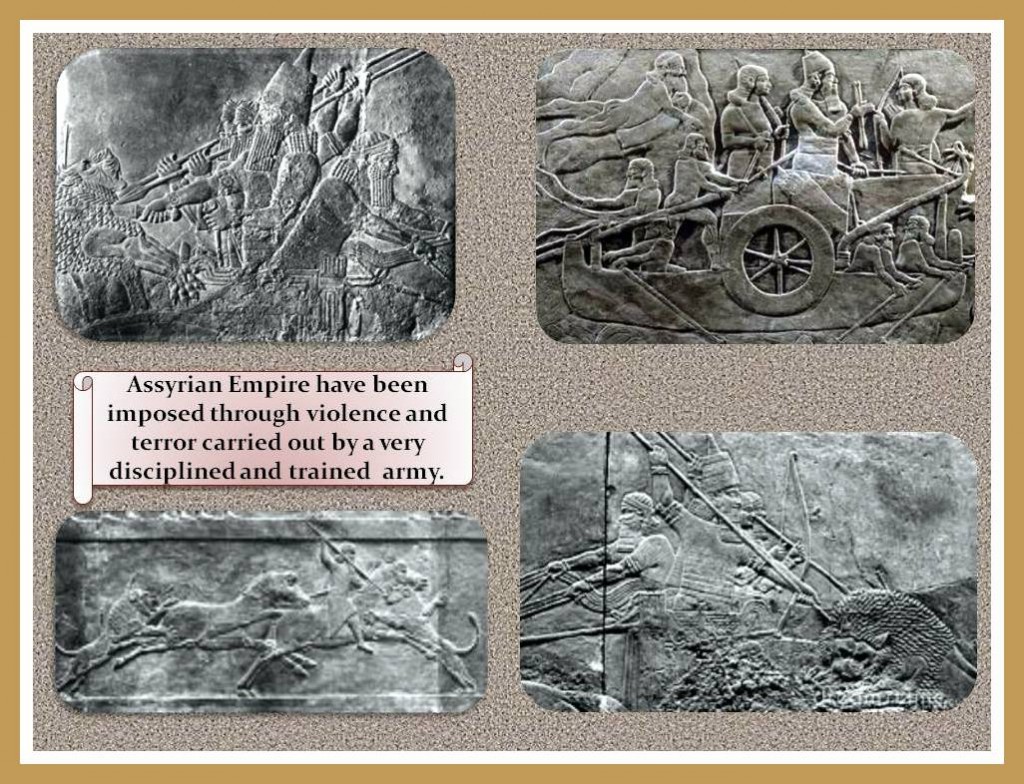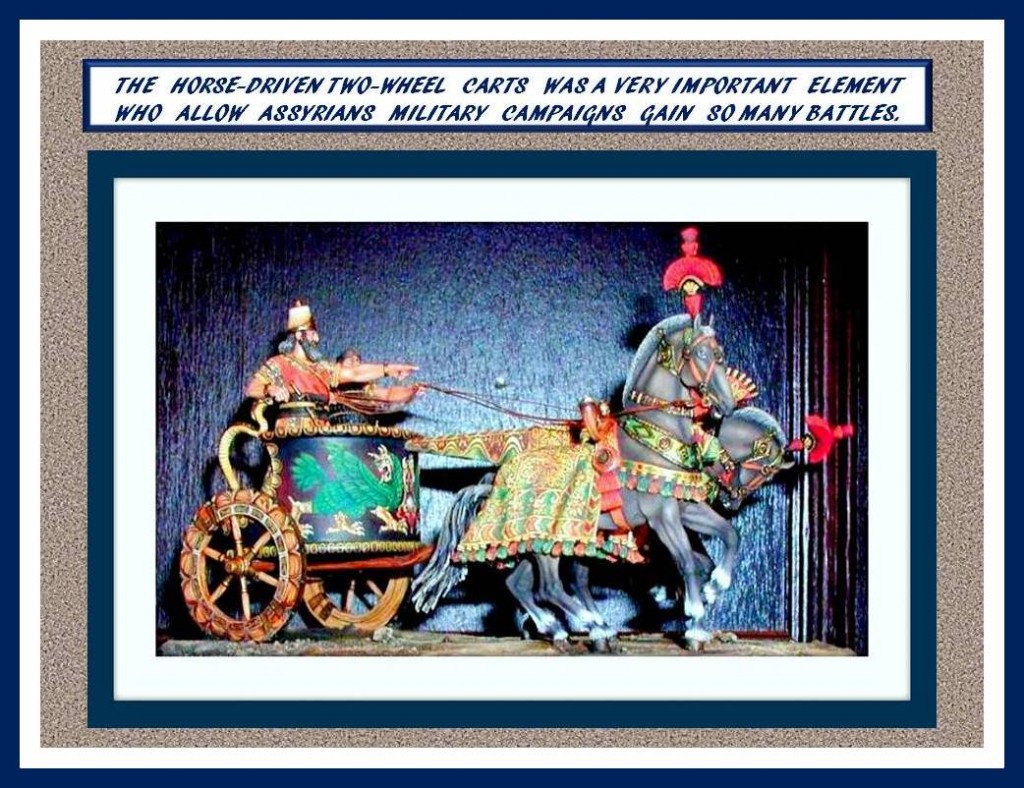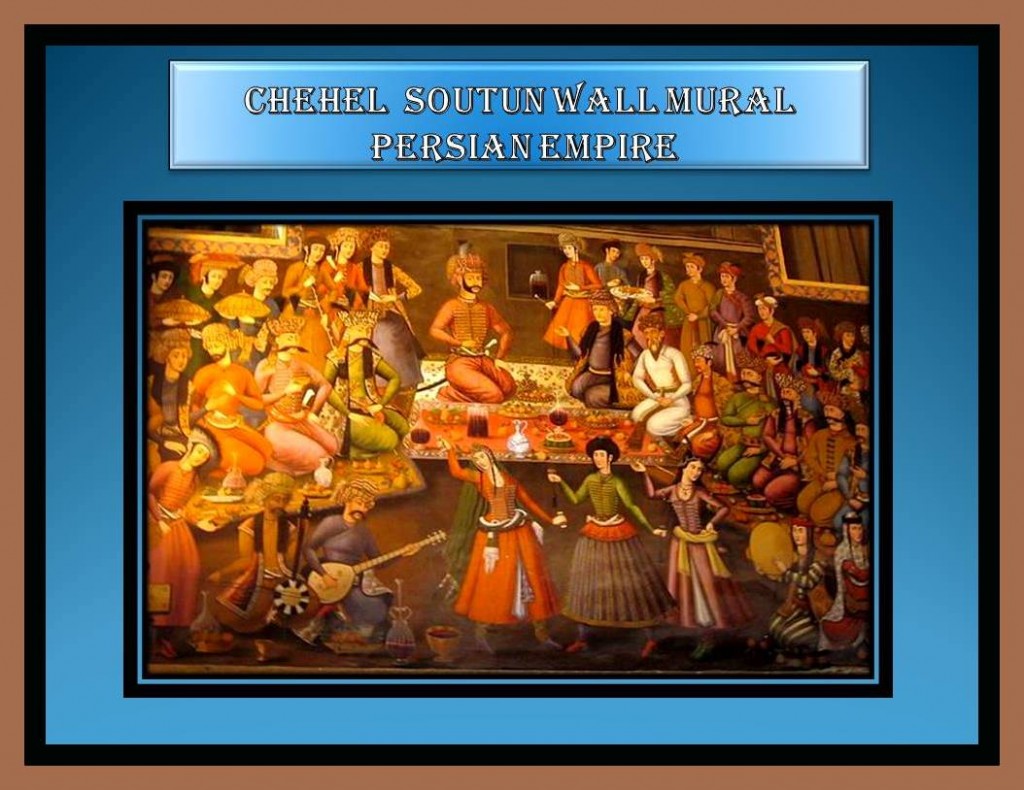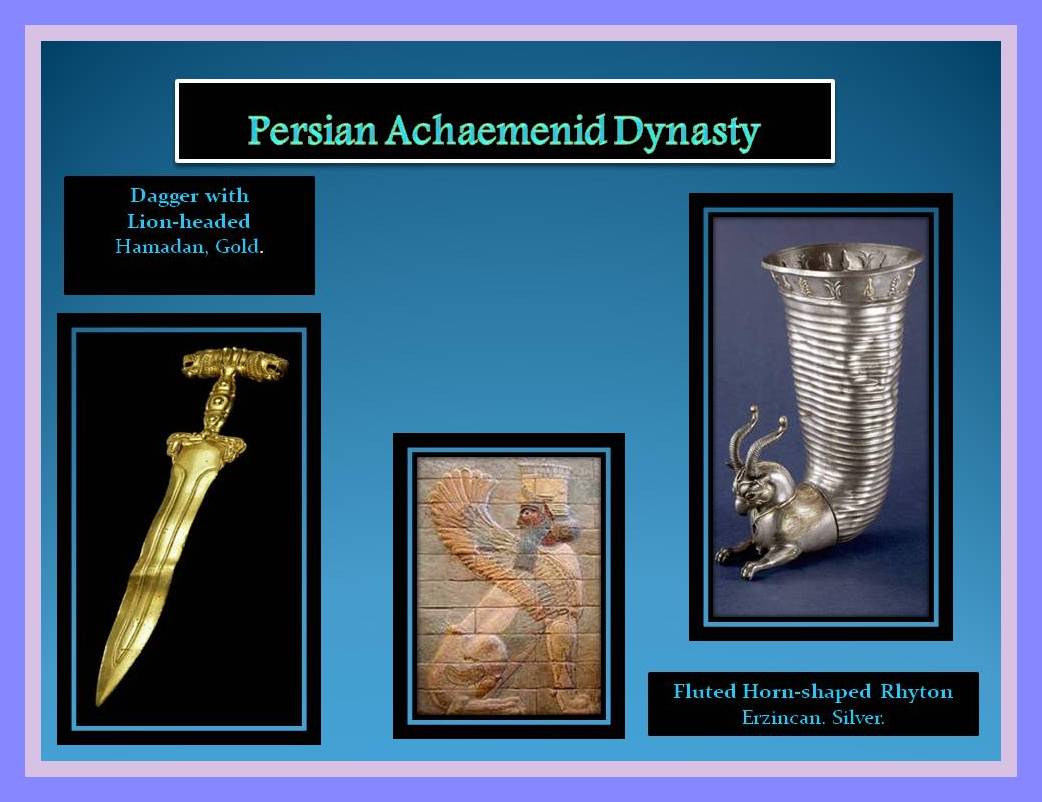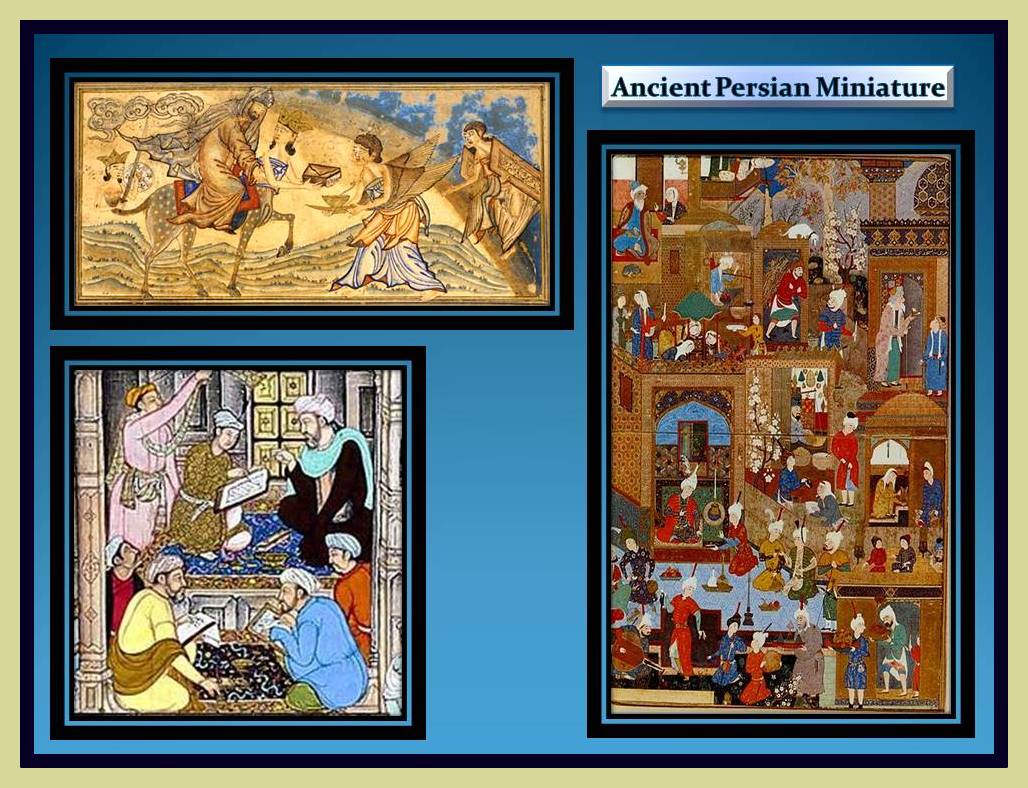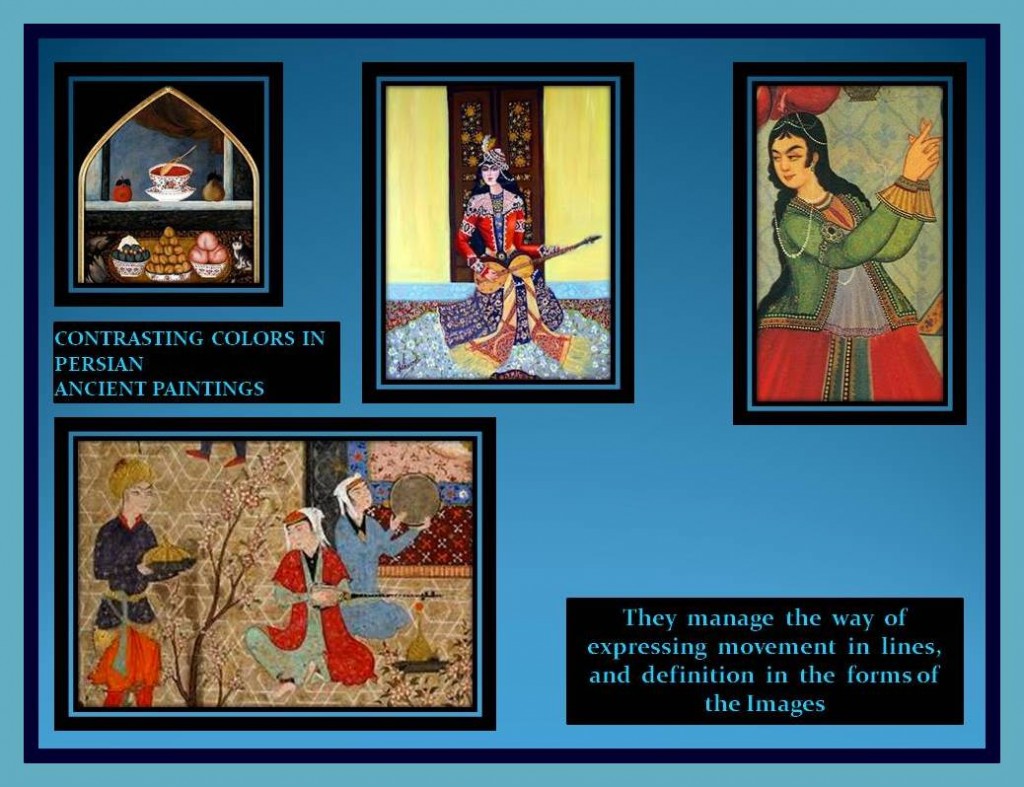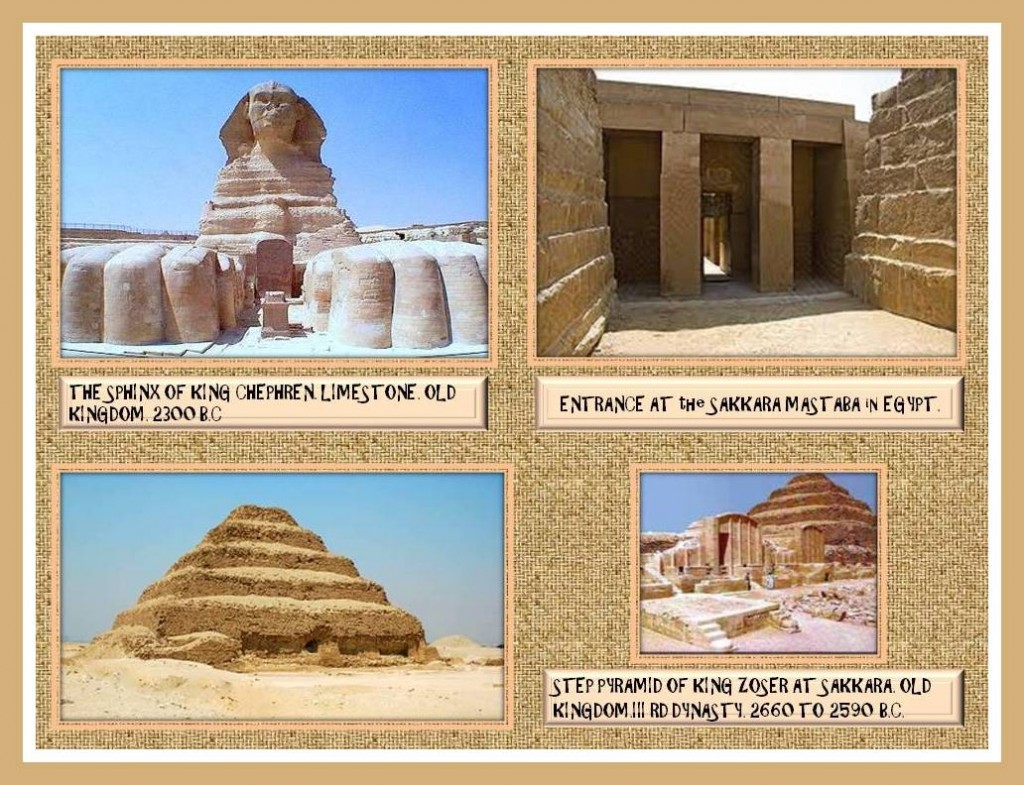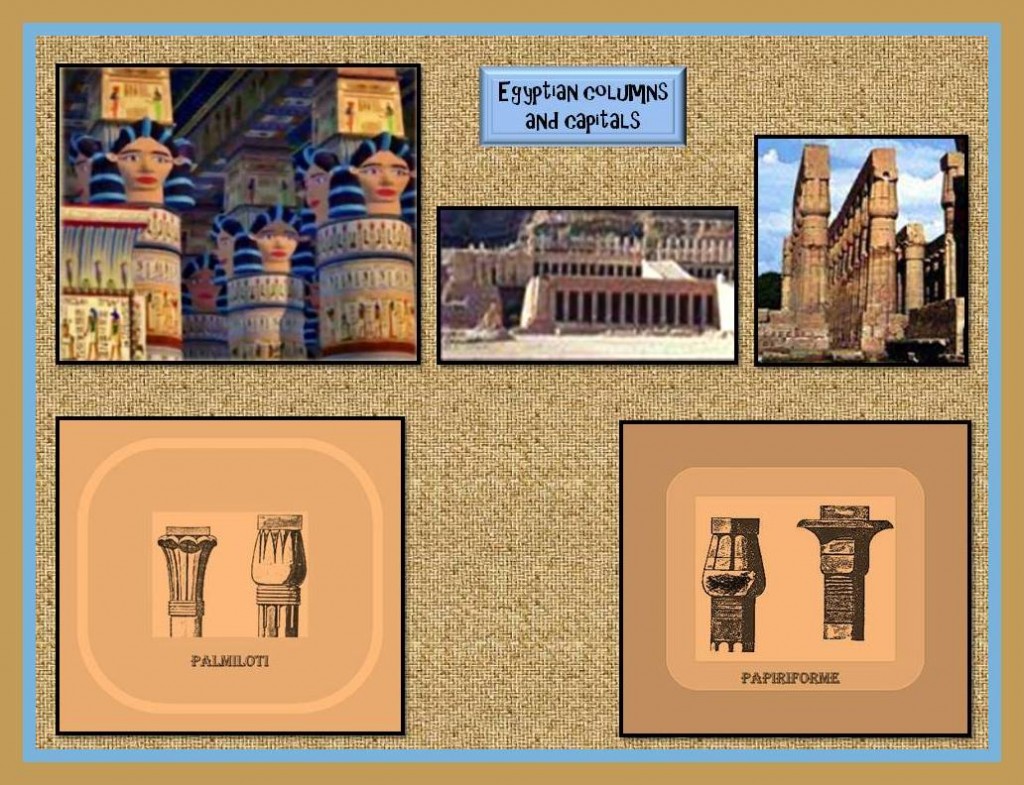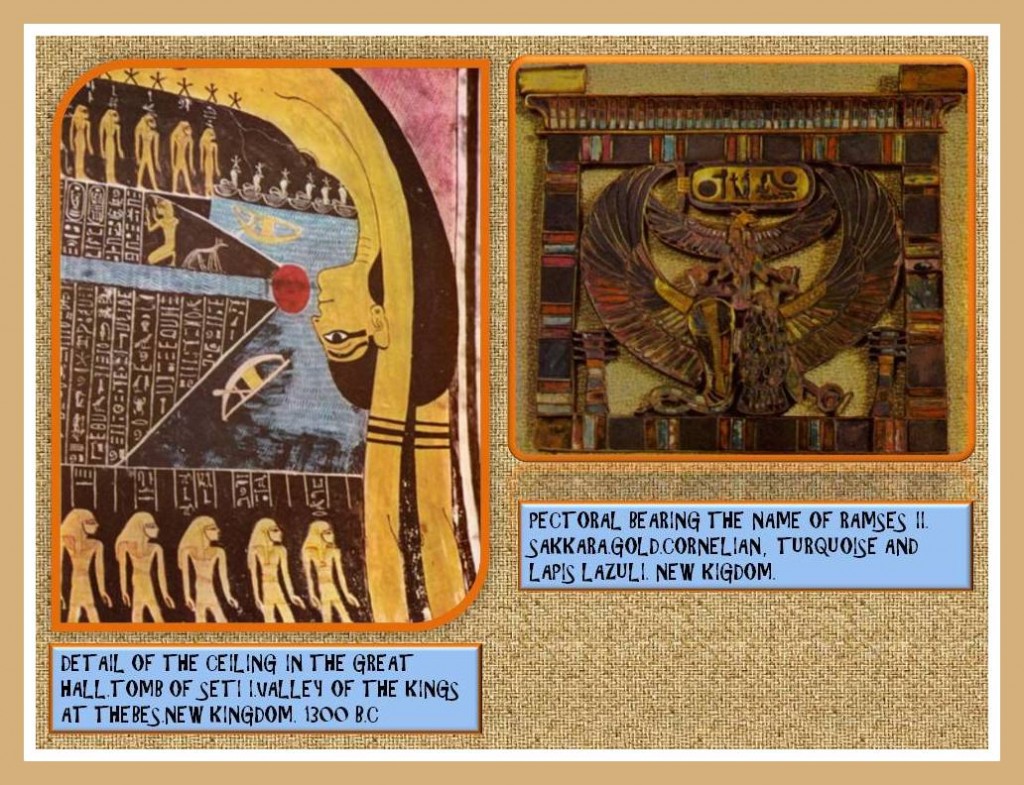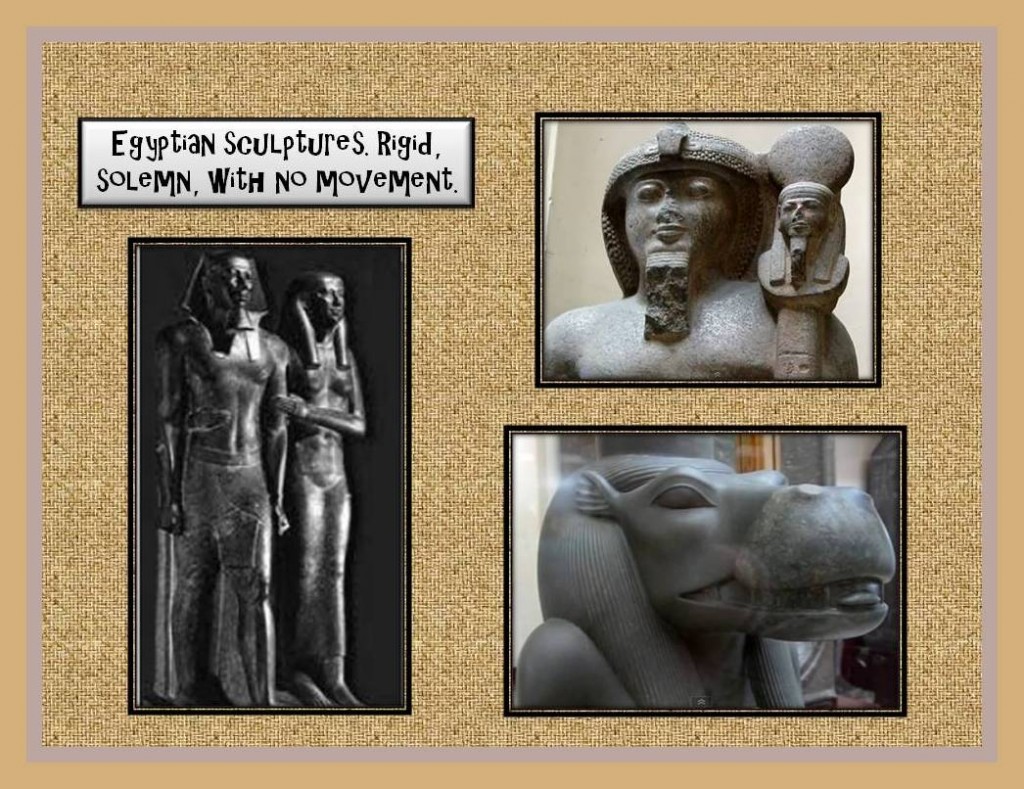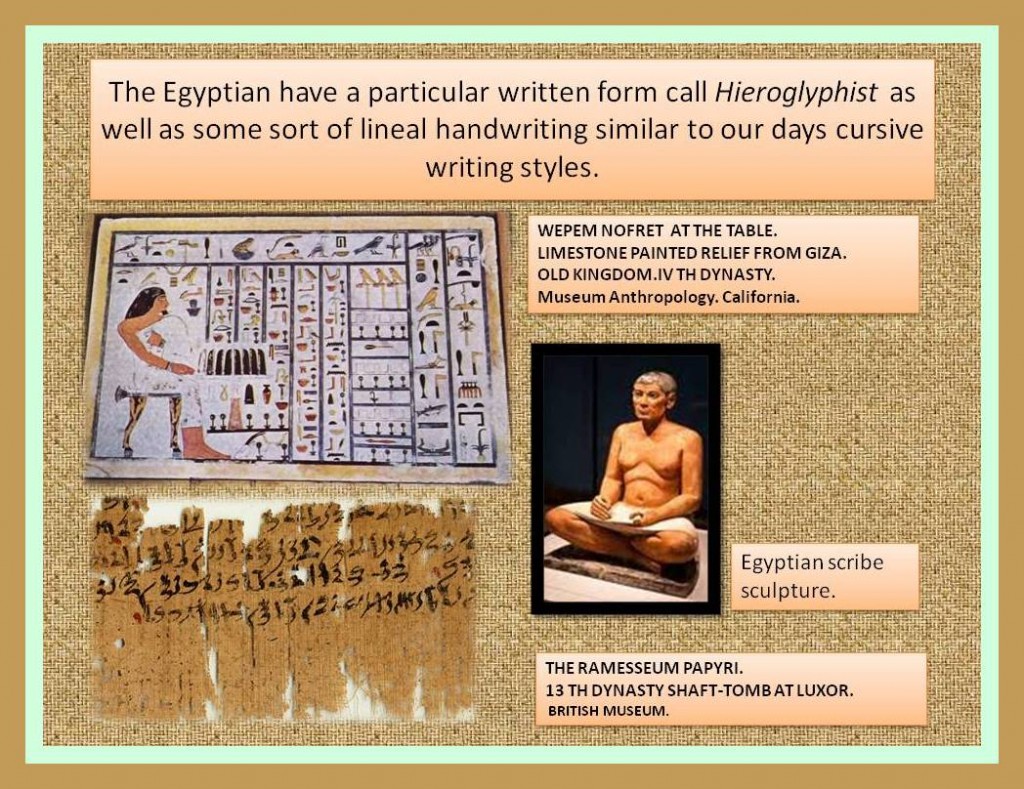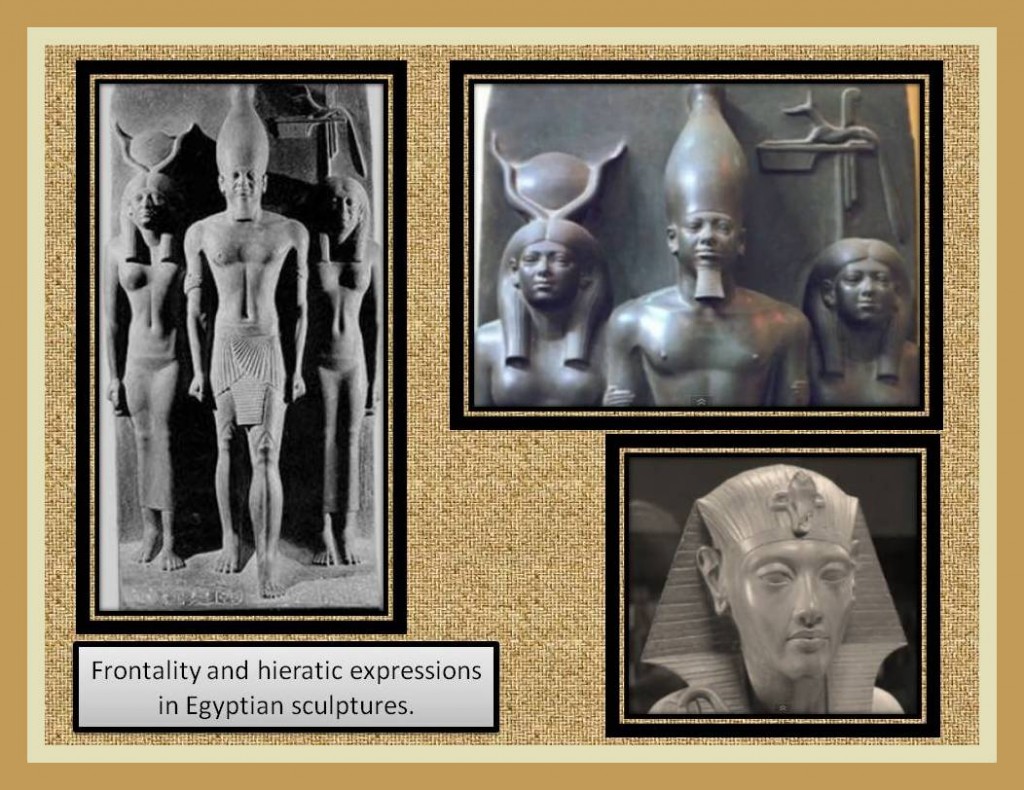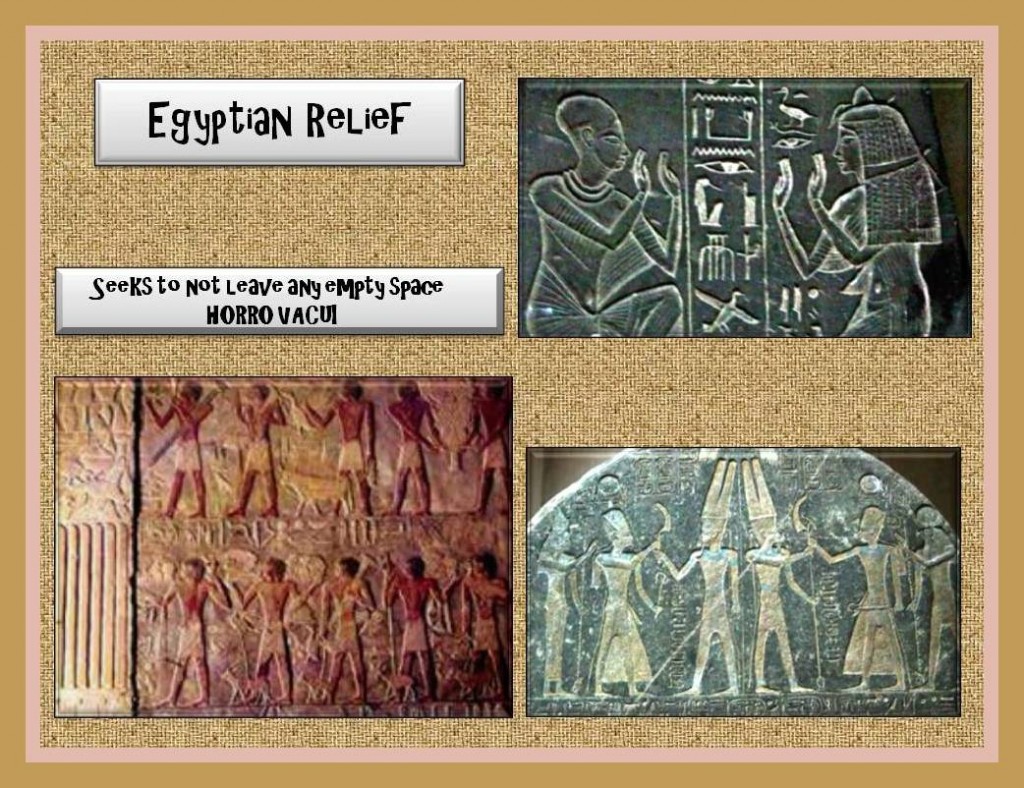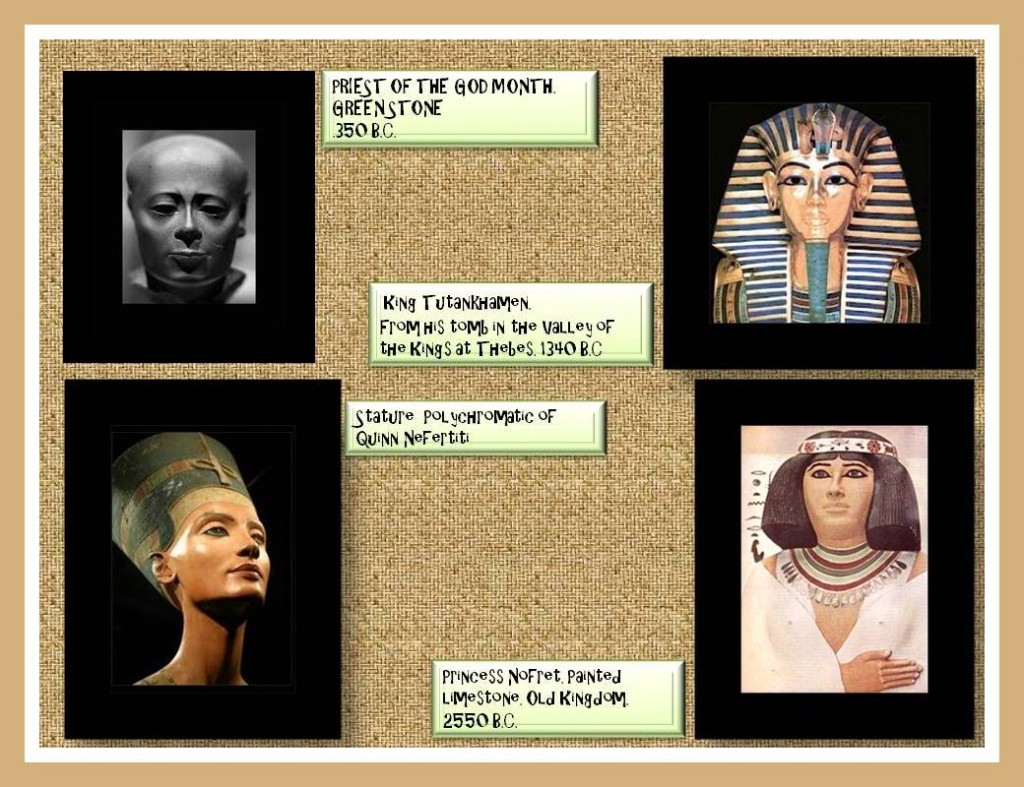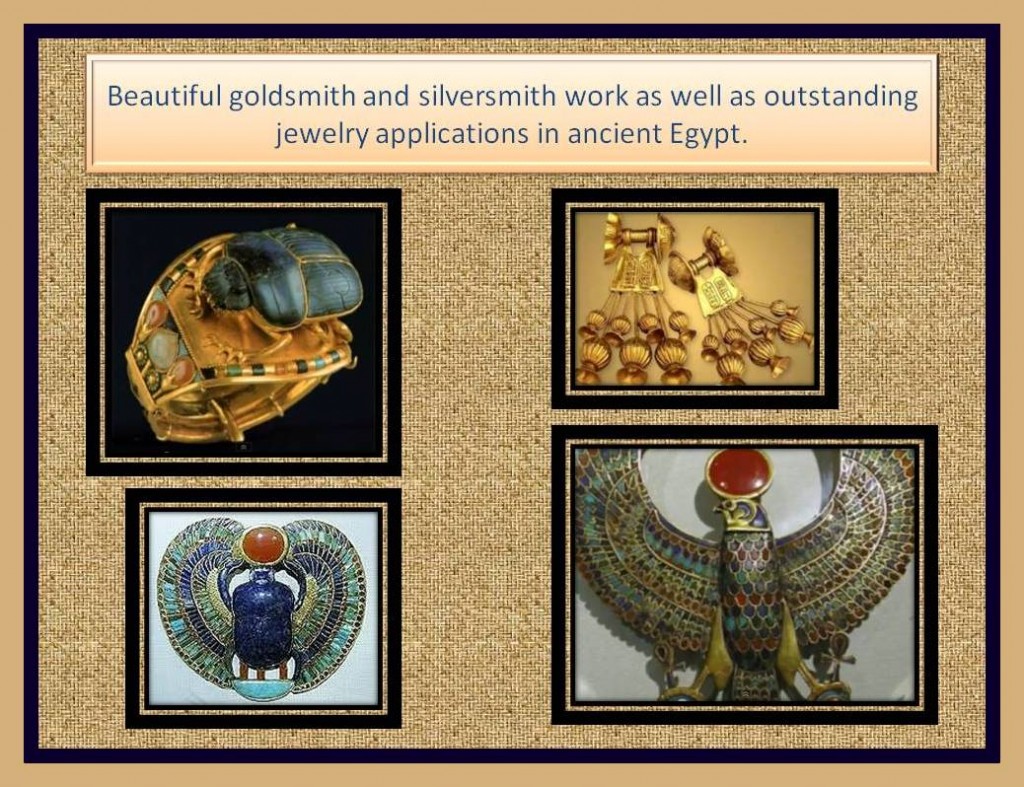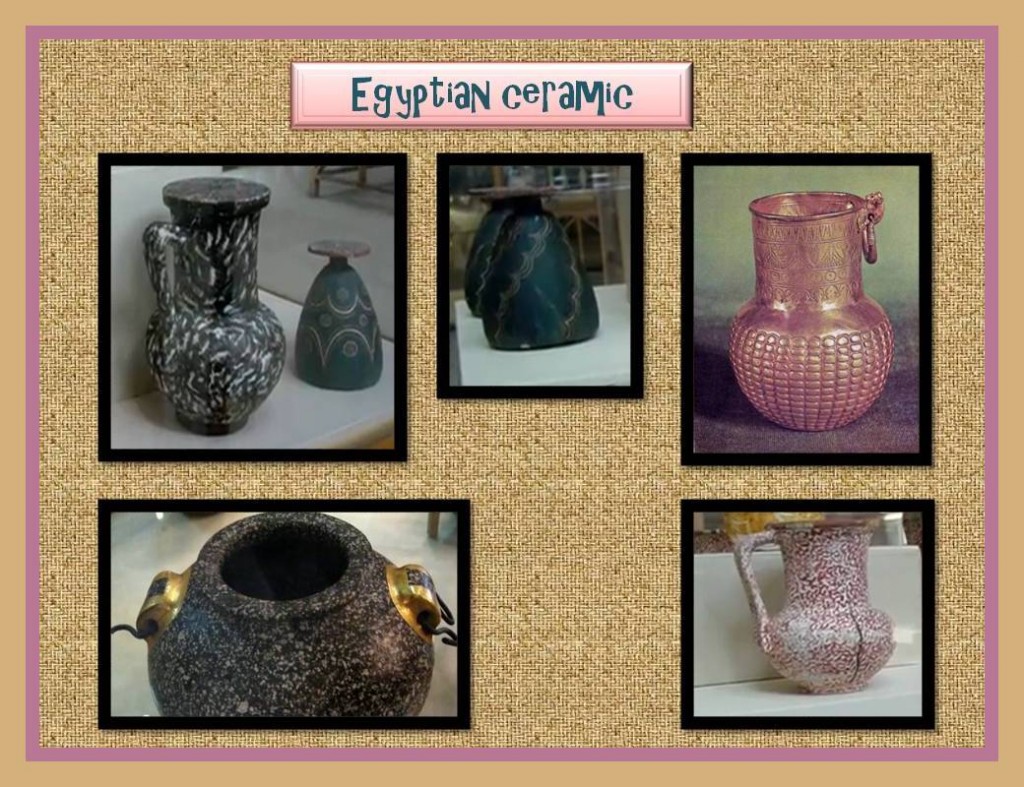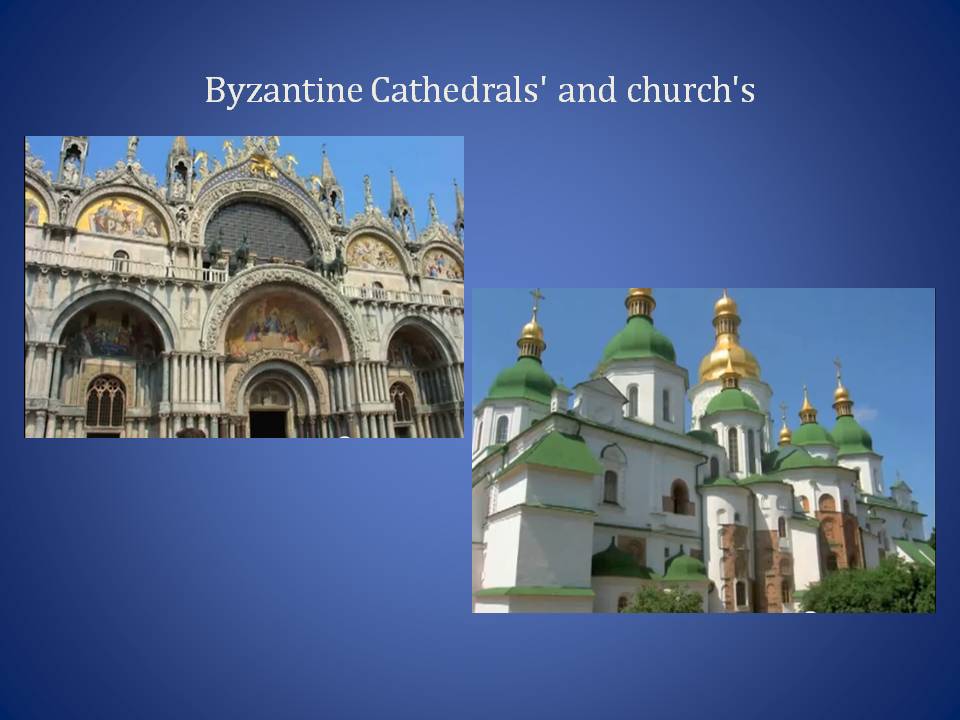Ancient Assyrian Art
At the Extreme northern of Mesopotamia settled the Assyrian people who with a long history in the area were subjected to the Kingdoms of most powerful peoples of the South for a while. Of course many elements that contributed to shape the Assyrian Culture were inherited from the Sumerians and that was manifested in their creations; in which techniques and artistic procedures were set over the rich Knowledge inherited.
The first Kings of the nation had his residence in Ashur, until adverse desert climate conditions as well as the attack of the Babylonians neighbors led rulers to the decision to build a second capital at Nineveh. They brought with them their common language and their artistic traditions from Sumer, but modified them subsequently resulting in a bypass that emerged from the fusion of Sumerian roots and language and the arts of Babylon. Assyrian State grew up around four cities fed by the Tigris waters.
The Assyrians nevertheless the constant cultural exchange were very different from the Babylonians since the ancient Assyrian were cruel warriors who used terror and brute force to conquer and impose, beyond what any other race had done until then. Their blood thirsty conquest campains for more teritories was also determined for the legacy wich each king whanted to be remember as the grandiose conquer of all.
They acquired this extreme hardening of character for their previous clashes with other tribes that had dropped ruthlessly its population in the invasions suffered, this aspect added to their concept that the world would end if they lost the battles; accentuated the brutality which they undertaked their conquests. Its history is littered with wars and conquests, but also of bloody defeats, it was a fact documented by the kings; how in the process of conquer they kill every man woman and child of entire populations and reduce to ashes their houses and buildings. Is a great dicotomy how this skilled civilization was also capable of ruthless violency.
The Assyrians imposed on conquered peoples a very well-organized State with harsh laws, but it is a reality that without them it would have been impossible to maintain control over the extended territories they grabbed. With strong control, starting with their warriors up to the conquered population an iron discipline was imposed.
They see the life events based mainly in the here and now, in the everyday experiences, in its heroic legends and the fight for survival. These are very different conceptions about life than other cultures has as for example the Egyptians who look at life as a period of the existence that should continue in the afterlife.
Assyrian architecture
Babylonians neighbors brought the knowledge and techniques applied to artistic creation. The Assyrian people maintained contact points through trade and exchange with many other people around them. This contacts allow them to learn new techniques and even copy some styles besides the one from Babylonia although, they further personalized and make them their own. Among those techniques, the drafting of beautifully decorated polychromatic glazed bricks is the most distinctive and the one the Assyrians used plenty to decorate palaces and temples.
One of the various themes used include, the representation of injured Lions majestically and dramatically represented on low relief decorating their bulidings. These Lions capture the expressions of pain, anguish, pride or ferocity according to which scene the artist represents in the image, doing so with amazing realism.
They also produced stone carving sculptures and paintings in which the theme of the Lions was present with human figures fighting them. Other animals such as the noble horse and ox were also represented.

Have come to ours days stunning examples of decoration applied to architecture as it is the case of winged protective figures by combining the human image and animal placed in the entries of important buildings Those figures shows a level of detail and care in the termination that always astonishing viewers; more if is taking into account they were made at so remote time in the history of humanity is like some how they inherited some previous wisdom.
At Nimrud or Jursabad doors have few huge sculptures acting like guardian, (winged sculptures with human head and five bull leg)
The narrative frieze, which comes from the sequences scenes representation in prints and stamps, will be the most important artistic element of Assyrian art.
The construction of Ziggurat, from Sumer constructive pattern element stays in Assyrian culture as well and reach higher altitude (up to seven platforms), also with the techniques of constructive reinforcement applied.
This monumental proportions produce a grandiloquent imposing effect very well serving the religious adoration and propaganda purposes, as well as the militar and political power who commission them to anonimous artisans.
On its walls are placed reliefs with the story telling of gods and Kings heroic encounters and battles. The incorporation of decorated elements with marble and alabaster highlighted further the splendor of these buildings.The Assyrians Ziggurat had no external stairs, it is amounted to the top by a staircase from the lobby inside the bulilding; they also built smaller temples to worship secondary deities.
The exact purpouse of this altitude in Ziggurats could have been as well to achieve some other funtion as well not yet clear, by high magnetisms in those locations make schorlars think that important funtional activities related to worshiping the gods took place in them.
The four most important ancient Assyrian cities were:
– Ashur (by the God Ashur) also named the entire Assyrian region.
– Arbela.
– Nimrud (or Calah)
– Nineveh. (For Nina, Goddess of the Assyrians)
The Assyrian palaces
Assyrian palaces were not behind in regard to the diversity of new construction techniques employed.
– They hastens the construction of walls, widening them.
– The semicircular arch system and the elliptical for doors is used with preference.
– Numerous steps give access to the upper levels using some of Sumerian and Babylonian technique’s bud adding their own contribution; emphasizing the majestic of palaces and temples.
– Huge doors made in wood and metal has often also carved relieves completing the decoration.
– Large hallways or corridors, communicated the rooms of these palaces with the more important rooms.
– Their Windows shows an innovative technique allowing the entrance of light and more visibility to the outside, but would be effective for the purposes of security.
– These palaces have large court yards that were accessed from galleries with columns made in wood on stone plinth.
The construction of their City-palaces sets new representative elements that directly respond to their idiosyncrasies and particular ways to see life since Assyrians more of the time were inmerse in militar confrontations.
As an example of these city-palaces was the one built by order of Tukulti-Ninurta I (1244 BC and 1207 BC) in the city of Ashur, which shows a tendency to the stylization of images that represent the gods, related mainly to their decorative appearance. In them can be appreciate better the representation of normal size human beings figures, which the one who symbolize the gods in huge size in comparison to the humans.
The Assyrians also tried mundane secular subjects in their decorations recounting stories of the daily events of Kings and subjects, trades, farming and elaboration of utensils.
First Assyrian Empire
Towards 1810 BC Assyrian king Shamshi-Adad I managed to extend the territory of Assyria, from the Zagros Mountains to the Mediterranean Sea. He may have been the first ruler to establish a centralized Empire organized in the ancient Middle East. His Kingdom was divided into districts.
This first Assyrian Empire with Shamshi-Adad did not last long, as neither last his son mandate Ishme-Dagan I (from 1780 who was defeated near 1760 BC by the Babylonian King Hammurabi. Assyria became that way part of the Babylonian Empire until the Babylonian defeat at the hands of the Kassites in the 16 century BC.
About 1500 BC Assyria became a dependency of Mitanni, a Kingdom that controlled all the North of Mesopotamia. The Assyrian king Ashur-uballit I around 1364 BC freed Assyria from Mitanni and even annexed some of its territories. This King was followed by others who spread the borders and kept away to neighbors coming to dominate a large area of Mesopotamia.
The ancient Assyrian culture is very well documented in numerous reliefs and tablets that were found by archaeologists, as well as are their works of art discovered in diverse places such as storages, building ruins and tumbs, that were cover trough time by sand and debris. From one of this royal tumbs had been recovered invaluable treasures that show they amazing workmanship skills of the Assyrian civilization. This magnificient artifacts dating from 800 B.C conform the famous “Treasure of Nimrud”.
Their way of looking at life; the struggle for survival, achievements and the everyday mundane things, also had an important role in its formation as a culture. They represented those traditions by all means trough artistic creation using whatever they had at its disposal in terms of materials and techniques. There some wonderful relief depicting scenes of royal huntings in the British Museum.
Of the topics addressed by the Assyrian Art the most abundant are the representation of animals; including lions and horses as well as images were the bodies parts of animals are fusion with the human figure. Their sculptures and reliefs both tells us about whow they looks like, their clothes, weapons, rituals, farming customs, and their everyday life events.The technique of the relief executed in stone, diorite, metal and clay was an effective means of expression of their beliefs, their culture and their conception of life. These reliefs were made on walls, utility vessels and also those made for the purpose of worship and burial. They combine the decorative purpose with the utilitarian.

Artistic works were usually performed using the natural elements they have available like stone, alabaster, shells, lapis lazuli, diorite, marble and ivory. They were as well masters in the elaboration of gold and silver objects with practical and decorative use but, exxels as well making bronze objects that mainly used for weapons, shields, spears, sword and knifes.

Religious Beliefs
Hundreds of gods in Mesopotamia were adored who charged importance based on the strength of each ethnic group, region or city. In general there was a great religious tolerance. Marduk and Ashur were two deities that were imposed to the rest, due to the growing influence of Babylonia and Assyria. The strength of the conquerors nevertheless; influence on the conquered “tolerance apart”.
They beliefs gods often took human form and visited them depending on their desire to behave like humans. The King considered the Ashur representative on Earth was also the high priest. All these faiths required the maintenance of large temples, priesthoods and offerings to the gods and the files found inscribed on clay tablets showed the need of large quantities in the actual budget for the performance of such activities.
Those writing information as well as the relief found give us an idea of the importance the Assyrian state conceded to the religious matters, although it was not as in the case of Egypt the number one priority, was nevertheless also important.
The Assyrian religion had the following gods which were widely represented in art.
– Ashur (God of the gods) that dwelt in the city of Ashur.
– Ishtar (the battle and love).
– Ninurta (God of hunting and war).
– Samash and Adad (Baal), God of storms, presided over the divination.
– Harran (God of the moon took great importance towards the end of the Assyrian Empire).
– Nin (was also the Moon Goddess), gave its name to Nineveh among the Assyrian cities.
The “epic of Gilgamesh”, was still very popular all over Mesopotamia and Assyria was not the exception. He was a popular heroe who battle evil but as other mystic characters display ambiguous behavior, sometimes was confuse by the imagination of people as a King and cruel demigod who performed great feats, located in the year 2600 BC, whose legend comes from Sumer, therefore also represented in Assyrian art.
Their lust for conquest brought them to seize Babylon and Armenia. About 884 BC it began a long string of victories that put Assyria at the head of the power in a vast region. When Ashur-Nassir-Pal assumes the power; his military campaigns and invasions conquered neighboring towns and caused numerous villages’ great devastation. Death and destruction was left behind their stormy pace.
The same great Egypt succumbed to the rise of a fierce but organized army which used clever military strategies that caused heavy casualties to his enemies.
Assyrians civilization main achivements.
As it is typical of such extensive invasions ocurrence a retroinfluence between different cultures; both the invaders and the subject peoples receive mutual cultural influences that span to different manifestations. From constructive techniques, architectural design, building materials and artistic creation. Also count musical, language and writing influences. Are not exempt from this list aspects in which the Assyrians were also skilled such as those related to the Organization of States, policy, the creation and specialization of trades, the techniques used in agriculture, the development of branches of knowledge as mathematics, astronomy and medicine.
Cuneiform writing is still used in the clay tablets, seals and even the correspondence. Thanks to it are known so many aspects of the economic system and how they functioned for the Assyrian State. Among the techniques developed by the Assyrian culture in the production of many military armament are: carriages, swords, spears, bows and arrows. The horse-driven two-wheel carts was a very important element who allow their military campaign gain so many battles.
The Assyrians were the first to recognize the advantages of the iron and the bronze as early as 1000 BC their army had been equipped with arms and armor made of iron. These weapons were systematically improved and they were not only strong and effective in combat but they also were often beautifully decorated.
In the year 609 BC the Assyrians troops capitulate after a series of events that weaken the power of the Empire both internally and under the pressure of Babylon and Medes. The great empire Assyrian disappears from history after hundreds of years in control of the region of Mesopotamia and adjacent land and after have been imposed through violence and terror carried out by an army very disciplined and trained to conquer and overwhelm its passage without mercy.
The great empire that succeeded with Tiglath-Pileser III at the head of the power acquire however important knowledge, legacy from the Assyrians in the art and organization of financial administration affairs of the States. This knowledge was put into practice with an effectiveness that the world had not seen up to that point.

